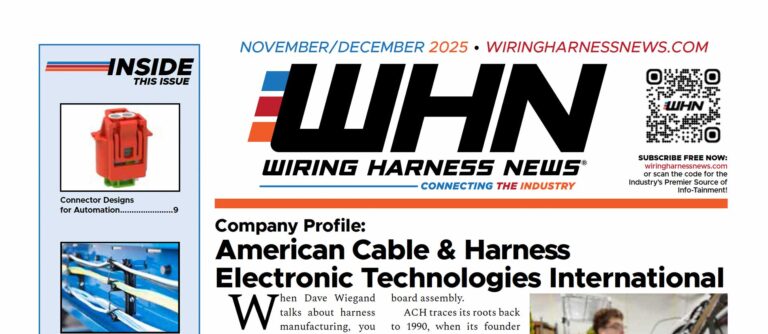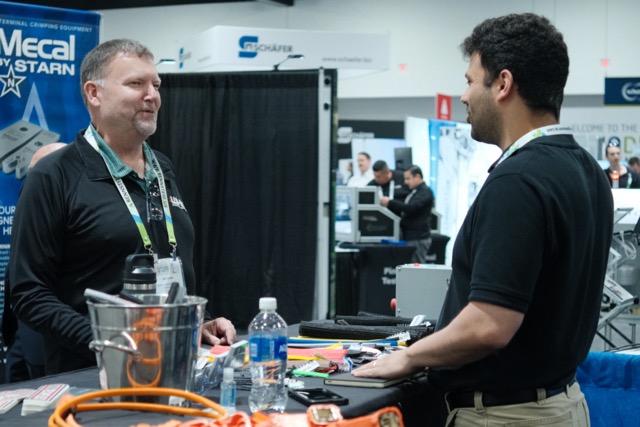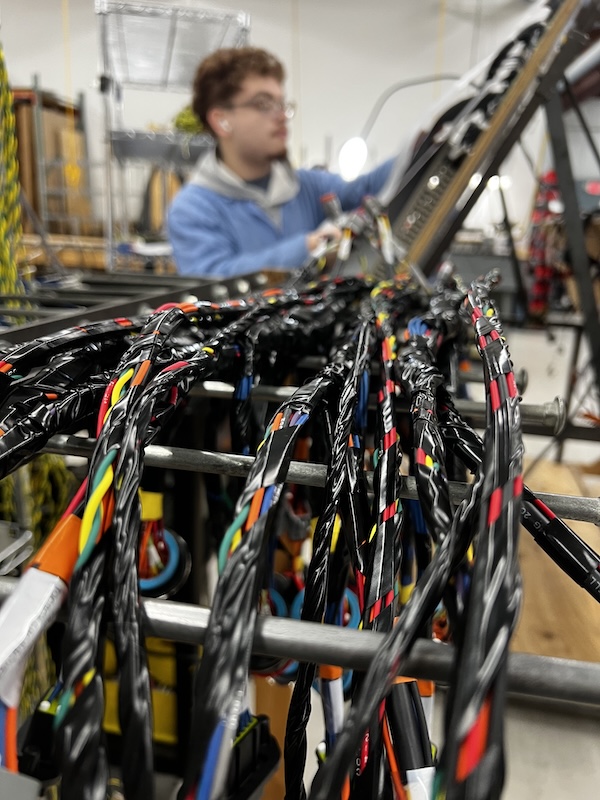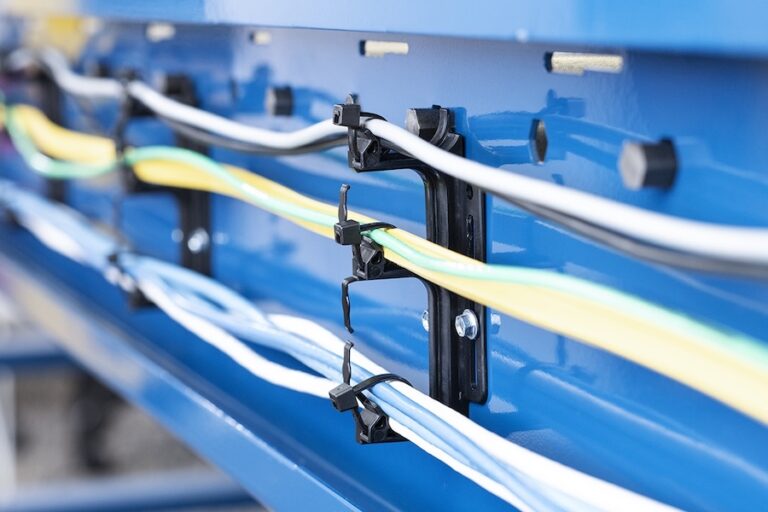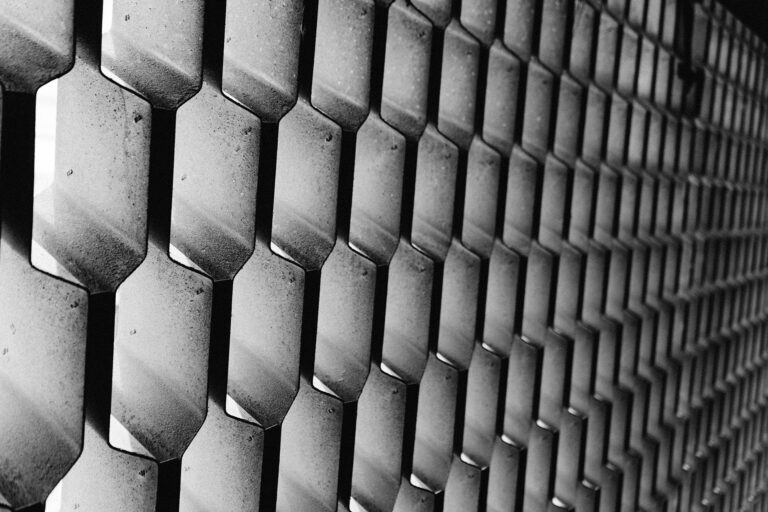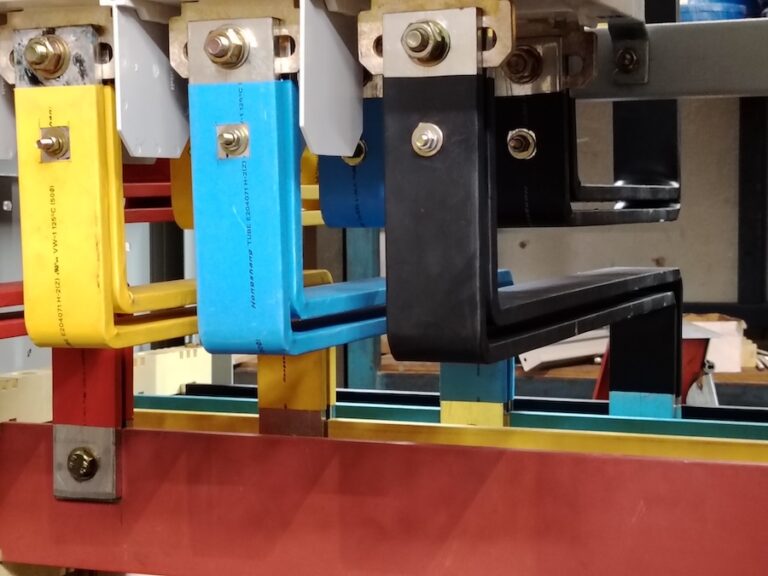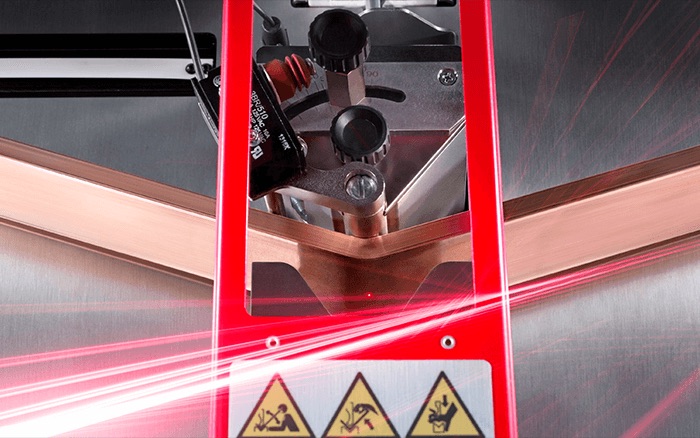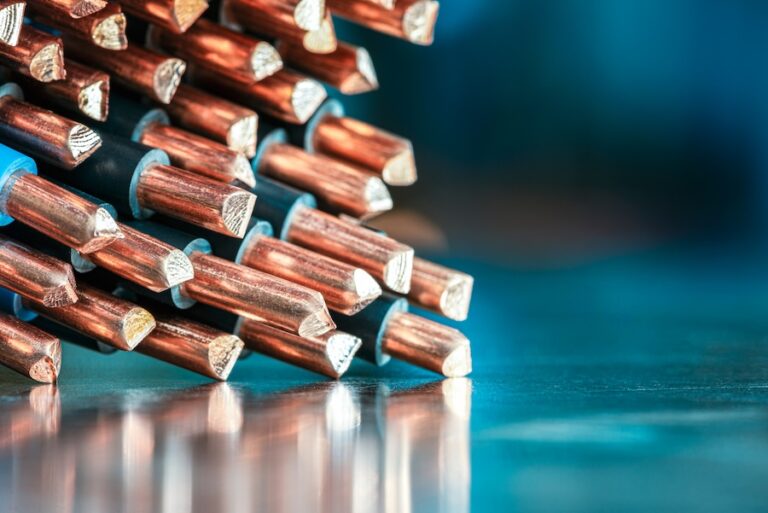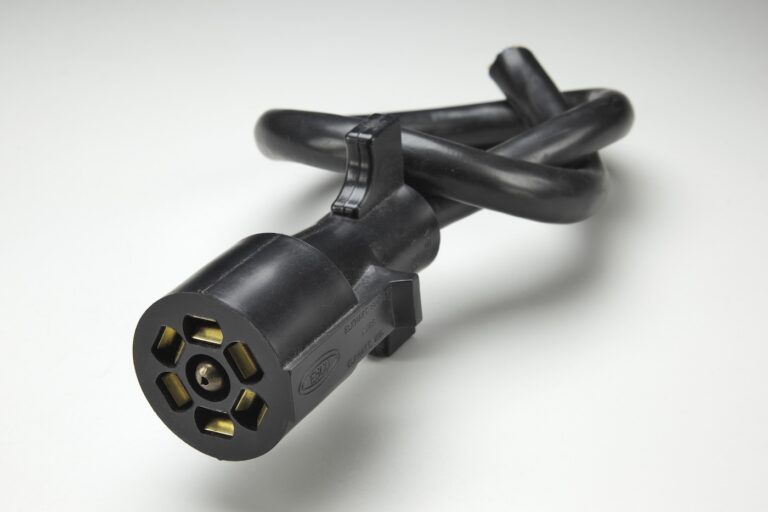by Andrew Marin, Godfrey & Wing
Electronics have made products faster, safer, and more reliable. Electronics have become so prevalent that they’re practically a commodity in the same way aluminum and steel are. As this trend continues, manufacturers need solutions that address the leak paths that occur naturally during manufacturing these components.
However, the connection is not commonly made that vacuum impregnation is just as effective for electronic assemblies, including wiring and plastics. All engineers know that plastic components must be protected before assembly to ensure optimum effectiveness. Still, when it comes time to prepare their parts for shipping to the customer, most turn to more familiar, but less effective methods like O-rings, epoxy, silicone or topcoats.
Yet, this lack of information could affect the quality of parts and ultimately lead to a failing or poorly performing product in the field. Whether you’re a design engineer for a vendor or an installation engineer for an OEM, your reputation as an individual and a company relies on your knowledge of the latest techniques in avoiding field failures. Only then can you deliver a quality product to the customer that can be relied upon every time.
Vacuum impregnation is a process that was developed in the 1940s to seal die cast aluminum porosity. Over time, the process has evolved to seal other materials in addition to aluminum.
This piece is a guide that will help you understand how vacuum impregnation seals electronics and the benefits of vacuum impregnation.
The Vacuum Impregnation Process
Generally, the process occurs in the following four steps:
Step 1: The part is placed in an impregnation chamber, where a deep vacuum is created to evacuate air from the leak path.
Step 2: The evacuated leak path is filled with sealant by covering the part with the sealant while under vacuum. When the vacuum is released, positive pressure is applied while the part is still covered.
Step 3: The part is moved to a wash/rinse station. Here, the residual sealant is washed from the part’s internal passages, taps, pockets, and features where the sealant is undesirable.
Step 4: The part is moved to a cure station. Here, the impregnated sealant is polymerized in the leak path.
Why Electronics Need to be Sealed
A leak path is any gap or void between materials in an electronic component. These gaps or voids happen during manufacturing when different materials contract at different rates due to their natural properties. These voids may not be visible, but they are disastrous. Moisture or corrosive agents can seep into the leak path, causing a part to be ineffective, leading to a field failure.
The automotive industry needs vacuum impregnation because specifications often demand that components like fuel pumps, wiring harnesses, or encapsulated coils meet leak requirements to protect them from road salt and moisture, leaks from the transmission or brake fluid, or gasoline.
Most electronic parts must also be protected from heat, whether from an engine manifold or the hot temperatures inside today’s high-powered Pentium computers. Heat can cause plastic and metal to fluctuate at different temperatures, loosening the joint and reducing effectiveness.
If one seals a part with a rubber O-ring, it will become brittle and then crack over time. Likewise, if one puts a dollop of silicone around the connectors on the surface, that silicone is exposed to the elements, resulting in expansion, contraction, and thermal breakdown. Even a topcoat has the potential to crack, which opens a path for elements to get in. All these methods can leave excess residue on external surfaces, altering the part’s dimensions and impairing conductivity.
What Electronic Parts Can Be Sealed?
The vacuum impregnation process can be used for sealing all types of electronic components. Traditionally, it’s mainly been used for things you might find under the hood of a vehicle, such as a connector, wire assemblies, and wire harnesses. But the drive toward zero fault tolerance has prompted the sealing of parts used in electronic equipment, even in commercial equipment. This includes computer cables, windings for electric motors, and portable wireless applications, where mechanical shock can cause connection failures.
The Benefits of Vacuum Impregnation
With electronics, there are three main reasons why vacuum impregnation is used.
- Seal Leak Paths: Vacuum impregnation prevents fluids from leaking by sealing the leak paths. Vacuum impregnation permanently seals the leak path, and the sealant will last the part’s life.
- Prevent Corrosion: From either oxidation or galvanization, corrosion reduces current-carrying capacity and causes part failure. Vacuum impregnation prevents corrosion by sealing the leak path that oxygen and moisture can follow.
- Enable Design Freedom: Vacuum impregnation does not change the part’s dimensions, allowing engineers to design and make parts to the net shape. Since the process does not leave any sealant on the surface, an engineer does not need to incorporate dimensional allowance.
Vacuum impregnation seals parts that may otherwise have been scrapped. The process ensures the part quality and helps ensure profitability.
In Summary
The surge in electronics has made porosity sealing crucial. Properly sealing the porosity ensures the component’s quality meets its performance requirements. Vacuum impregnation is the most effective solution for sealing leak paths and preventing corrosion while enabling design freedom.
Many thanks to Andrew Marin of Godfrey & Wing for helping compile this article. Godfrey & Wing markets equipment, resins and other peripherals for companies who wish to engage in this game-changing technology for their OEM customers. They can also perform vacuum impregnation as a custom service to harness manufacturers who wish to offer this technology.


